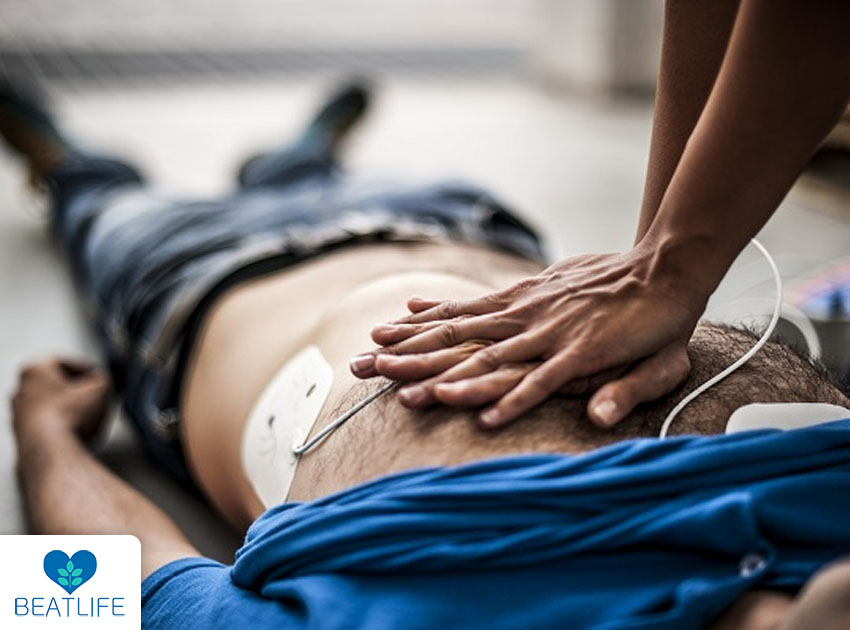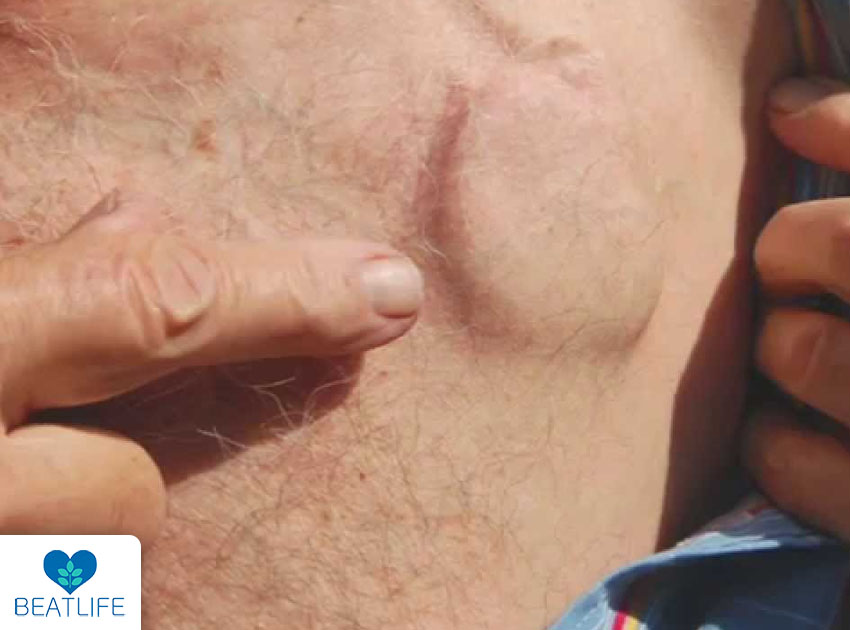Can you perform CPR on someone with a pacemaker? In an emergency, this question frequently causes uncertainty and anxiety. In situations where CPR could save lives, it is essential to comprehend the specifics of the procedure in relation to pacemakers. To better understand this crucial component of emergency response, let’s get into the details and learn about pacemakers and other CPR feedback devices like CPRmeter produced by BEATLIFE company.
Contents
What is a Pacemaker?
Small, implanted medical devices called pacemakers are used to manage and control the heart’s rhythm. Pacemakers, which are typically used to treat a variety of cardiac conditions like bradycardia (slow heart rate) or irregular heart rhythms, are devices that consist of a generator and leads. The generator, which can be found under the skin close to the collarbone, stimulates the heart muscle with electrical impulses through the leads, guaranteeing a regular and steady heartbeat.
Pacemakers are essential for preserving healthy cardiac function and improving the quality of life for those who suffer from heart problems by stopping abnormally slow or irregular heartbeats. These devices provide a customized approach to heart rhythm management because of their meticulous programming, which adjusts their operation to meet the unique requirements of every patient.

What is the Importance of CPR?
Cardiopulmonary Resuscitation (CPR) is a life-saving intervention performed on a person whose heart has stopped beating or whose breathing is not working. It is an extremely important procedure. By manually compressing the chest and, in certain situations, administering rescue breaths, CPR aims to preserve blood flow to essential organs, particularly the brain. This intervention buys you some much-needed time until trained medical assistance shows up. Bystanders are essential in boosting the chances of survival for individuals experiencing cardiac arrest or respiratory failure by quickly starting CPR.
Preventing irreversible harm to vital organs and restoring a sustainable heartbeat are greatly increased by prompt and efficient CPR. Beyond its potential to save lives, CPR is vital because it increases community readiness, gives people the confidence to act quickly in an emergency, and ultimately improves public health and safety.
Can you do CPR on someone with a pacemaker?
It takes a delicate approach to provide CPR to someone who has a pacemaker, which makes it an essential skill. In case of cardiac emergency, the question of whether to do CPR on someone with a pacemaker often comes up. The quick response is definitely in the affirmative because it has the potential to save lives. To reduce any risks to the implanted device, it is imperative to modify the technique.
The focus switches to hands-only CPR when deciding whether to do CPR . Chest compressions are performed using this technique without the use of rescue breaths. It is important to place the heel of one hand on the middle of the chest and compress at a rate of 100–120 compressions per minute. In order to allow for complete chest recoil in between compressions, the depth of the compressions should be at least 2 inches. The goal of this modified CPR technique is to maintain blood flow while reducing the chance of pacemaker damage. Here you can use CPRfeedback deviced like CPRmeter to ensure that your are doing preices and high quality CPR
It’s crucial to keep doing CPR until medical assistance arrives. Check for signs of improvement on a regular basis, and if an automated external defibrillator (AED) is nearby, follow the instructions on it. When first responders show up, communication is crucial. Tell them about the circumstances, including the pacemaker, to enable better informed medical treatment.

When to Avoid CPR on a Person with a Pacemaker?
Careful consideration of particular scenarios is necessary to ensure that decisions regarding the avoidance of CPR on a person with a pacemaker are both morally and practically sound. First and foremost, it is imperative to honor a valid Do Not Resuscitate (DNR) order that expresses a person’s clear desire to refuse resuscitation efforts. Before beginning or continuing CPR, make sure there is a valid DNR order in place. Furthermore, CPR may not be appropriate in cases where there are obvious indicators of irreversible death, such as dependent lividity or rigor mortis. It’s critical in these situations to discern when attempting resuscitation would probably be ineffective and even dangerous.
The existence of a known end-stage terminal illness is another important component. In cases where a patient has a medical record and CPR is not expected to yield a significant recovery, medical professionals and caregivers ought to have a conversation regarding the patient’s preferences and the suitability of resuscitation techniques. In situations like these, it is crucial to respect the person’s autonomy and give due consideration to their expressed preferences. Finally, the choice to forgo CPR may also be influenced by irreversible pacemaker malfunction. Healthcare professionals may decide that additional intervention is not necessary in situations where attempts at resuscitation are unlikely to be successful due to pacemaker issues, highlighting the significance of medical expertise in these decisions.
n the end, choosing not to do CPR on someone with a pacemaker necessitates striking a careful balance between honoring the person’s wishes, realizing that it is clinically futile, and consulting medical experts. Ensuring that end-of-life decisions are in line with an individual’s values and preferences requires open communication and advance care planning, two essential components.

